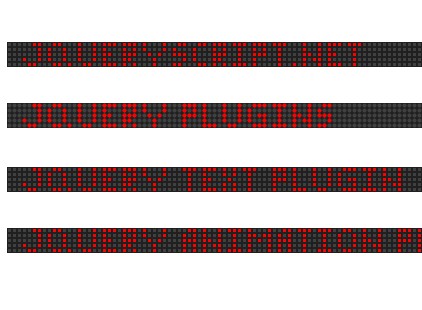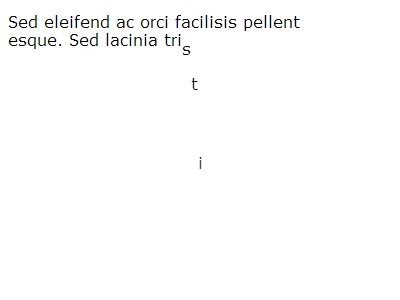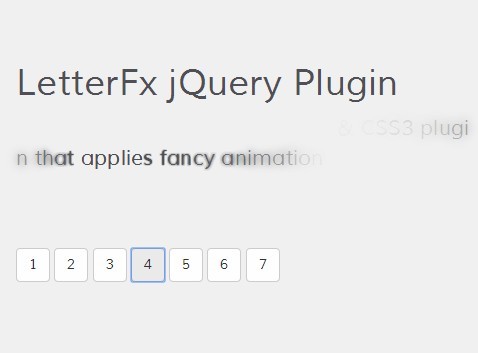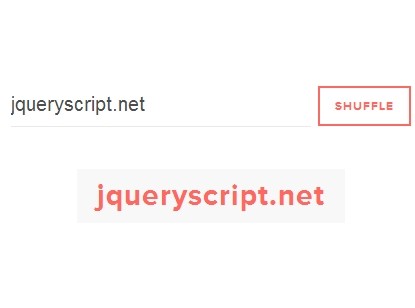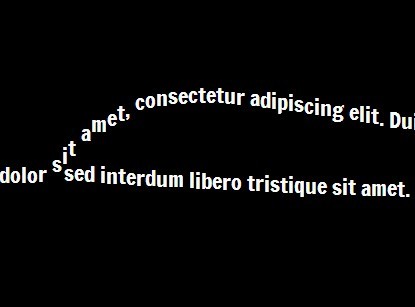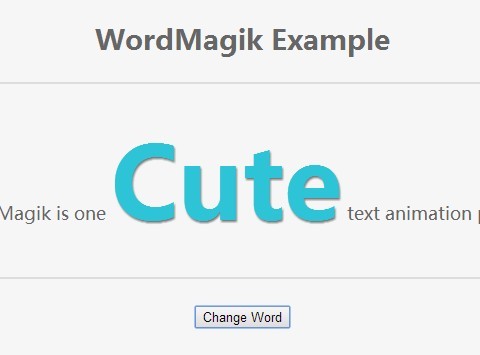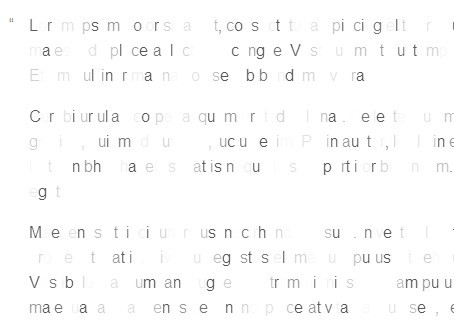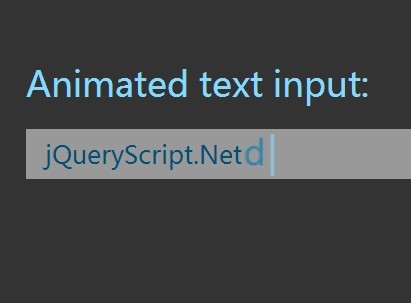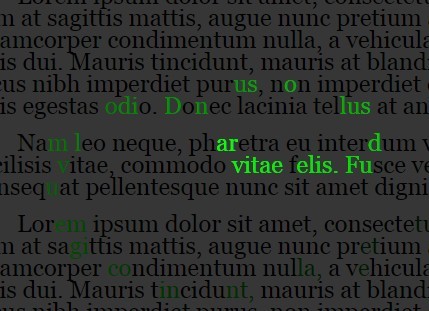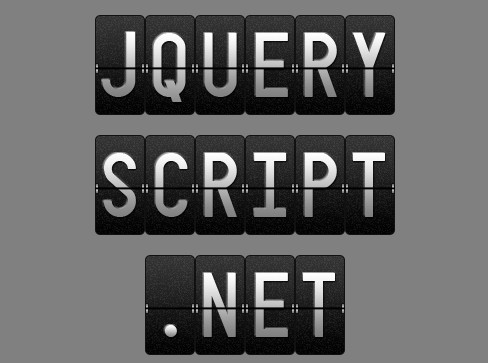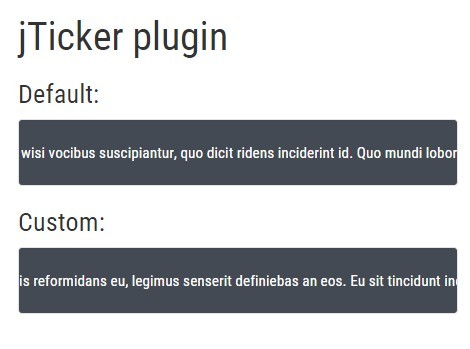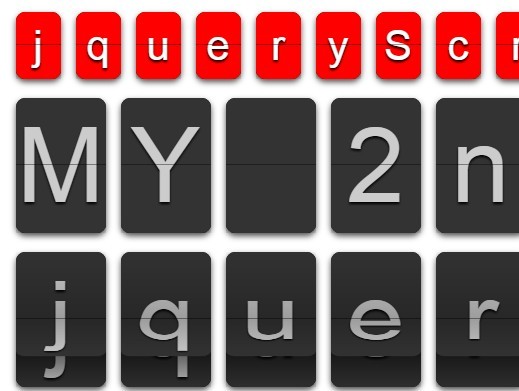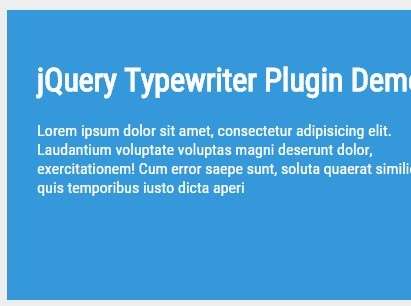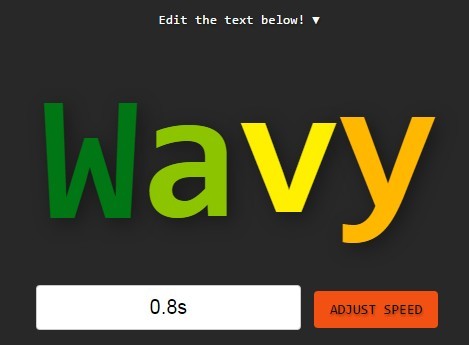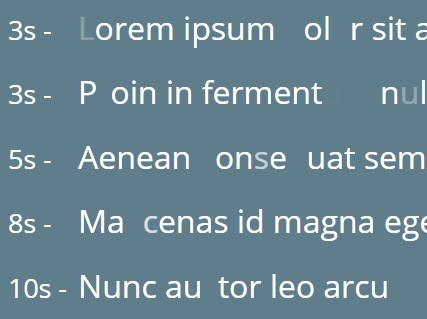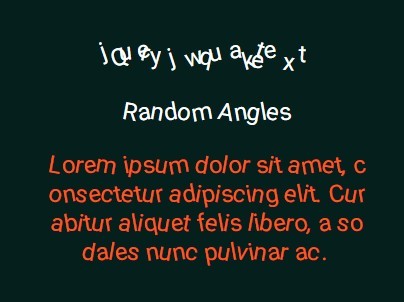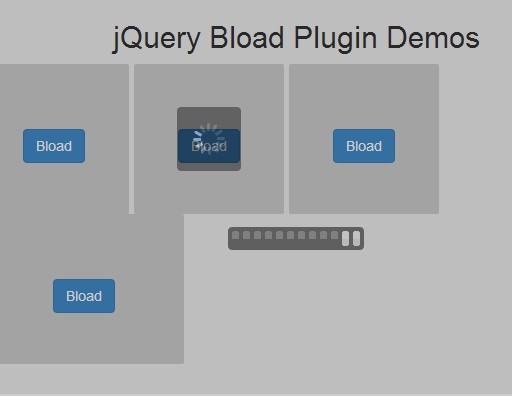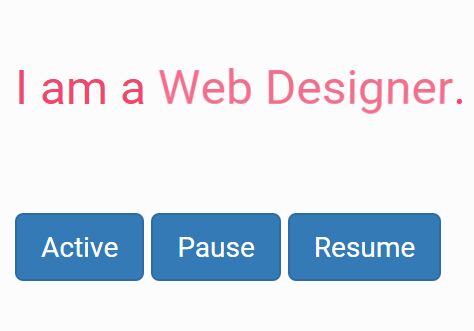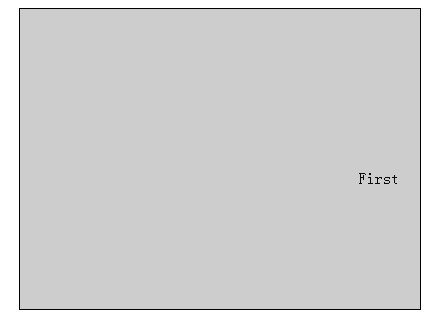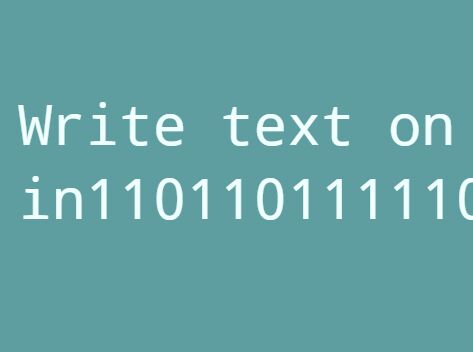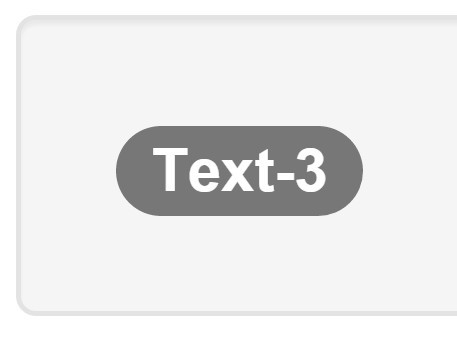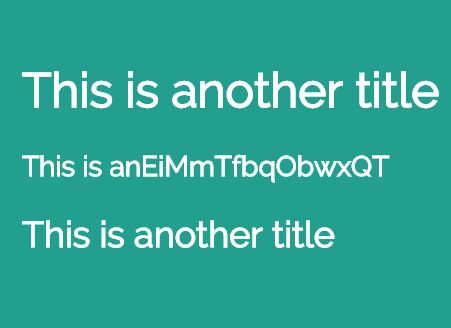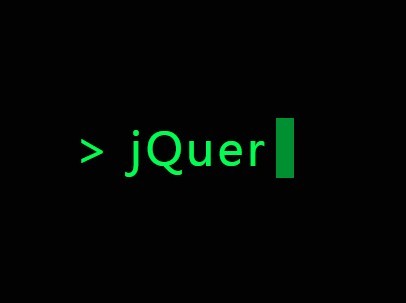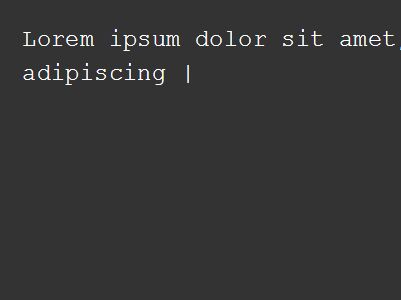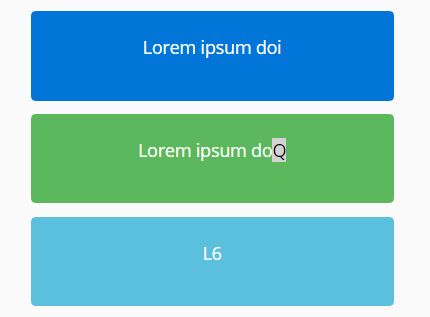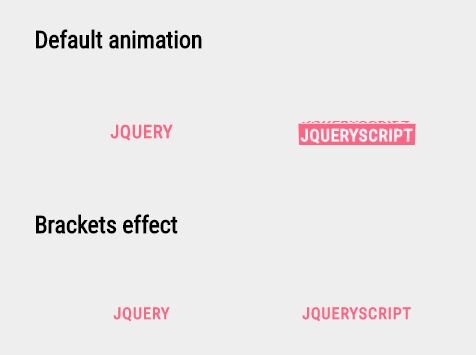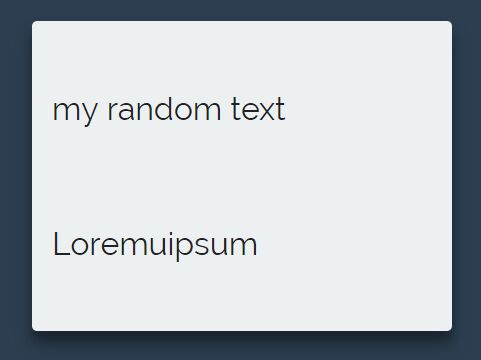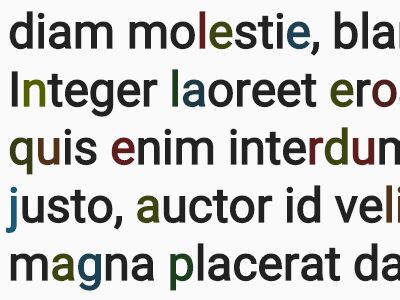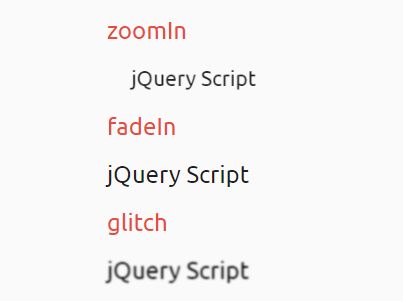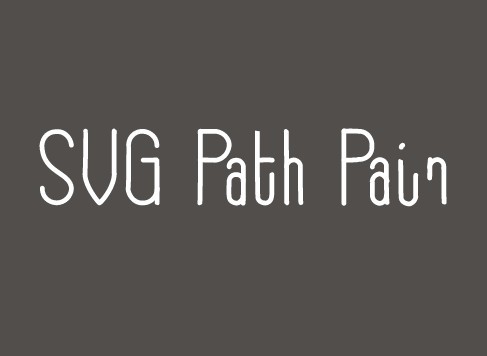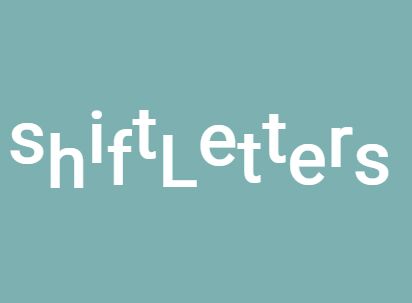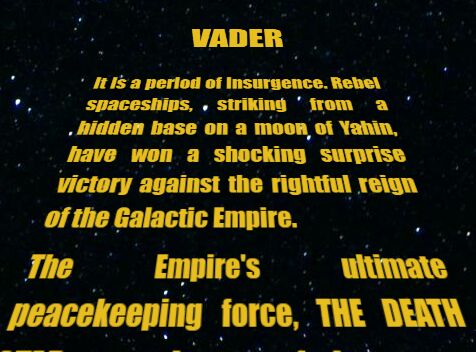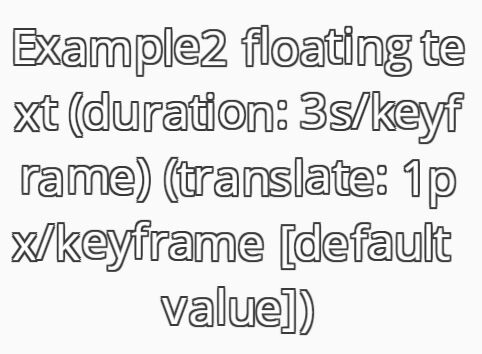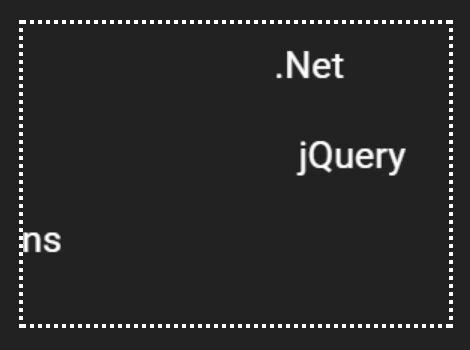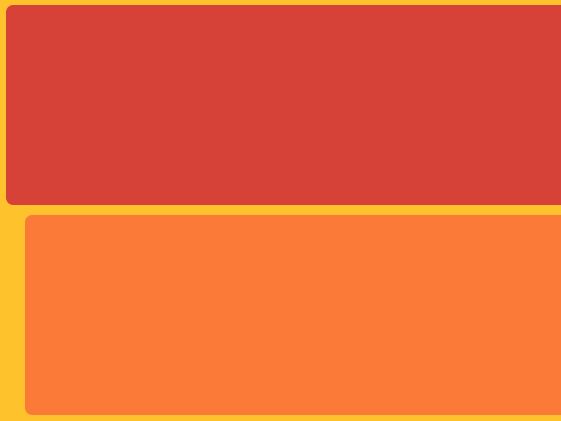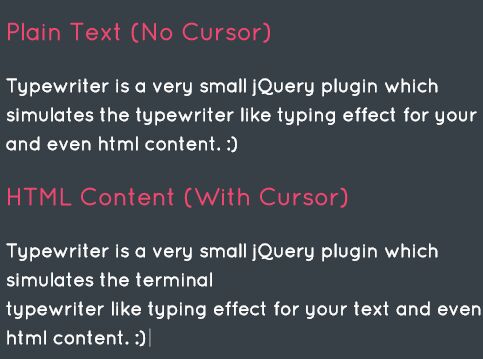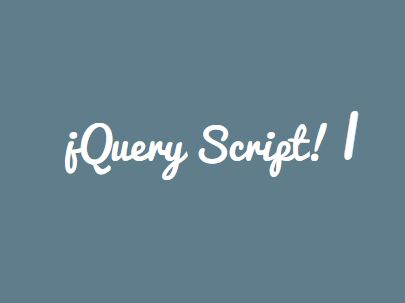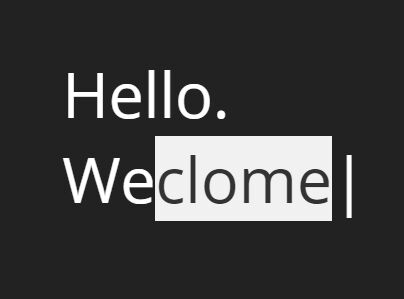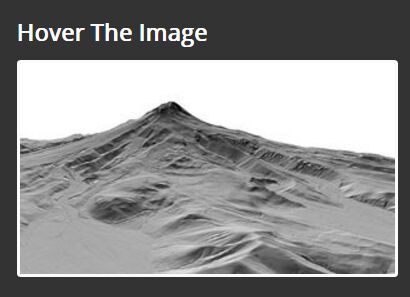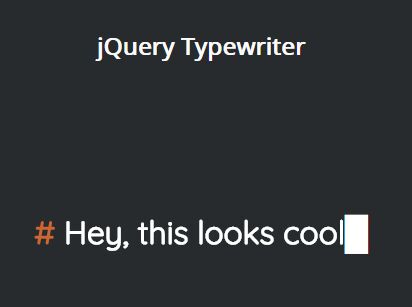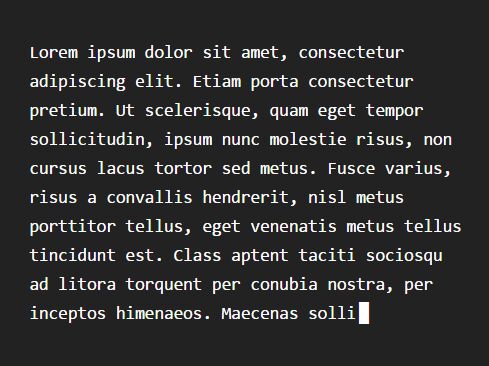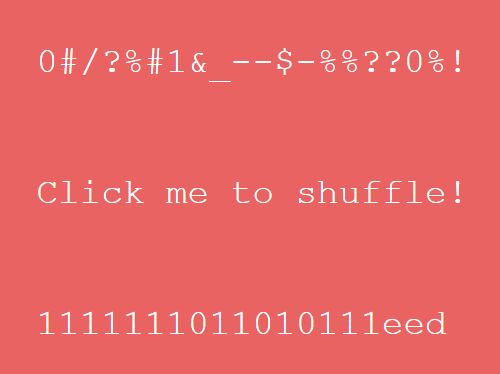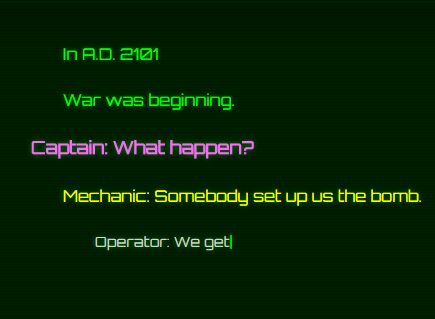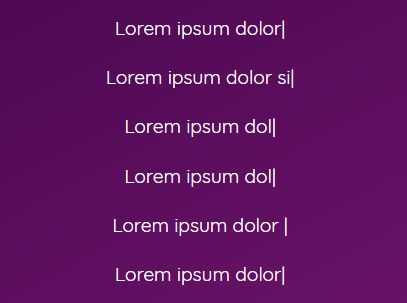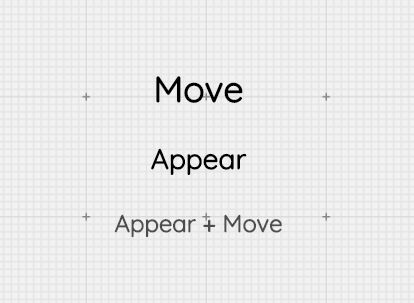Status - DISCONTINUED


 OSG.JS WebGL framework
OSG.JS WebGL framework
OSGJS is a WebGL framework based on OpenSceneGraph concepts. It allows an individual to use an “OpenSceneGraph-like” toolbox to interact with WebGL via JavaScript, and provides facilities for exporting various assets to the osgjs format. The API is kept as similar to OpenSceneGraph as possible, providing a familiar environment to veterans of the library and introducing newcomers to a popular and heavily-scrutinzed set of interfaces
The mailing list is available here: http://groups.google.com/group/osgjs
If you are interested in contributing, contact us on the osgjs gitter channel ( https://gitter.im/cedricpinson/osgjs ) or on the IRC channel #osgjs on Freenode. Also by e-mail at [email protected]. Follow @trigrou on twitter to get news and updates.
Examples / Tutorials
- using osgjs with typescript http://marino.dk/mproject/ with sourcecode https://github.com/Crisium/mproject
- examples http://osgjs.org/#examples
- tutorials on codepen http://codepen.io/collection/CbvIg/
How to build your own osgjs
First, clone a copy of the main git repo by running:
git clone git://github.com/cedricpinson/osgjs.git cd osgjs Install required node dependencies:
# if you dont have grunt-cli installed, use sudo on linux # npm install -g grunt-cli npm install Compile:
grunt build Compile whenever watched files change:
grunt watch The built version of osgjs will be put in the build/ subdirectory.
Running the examples
Download the osgjs-data submodule repository. It will be added to the examples/media folder:
grunt sync Then simply type in the command-line:
grunt serve You can now test some real examples http://localhost:9000/examples http://localhost:9000/tutorial
Executing unitary tests
Launch:
grunt test Convert file to osgjs
You can easily convert 3D file with osgconv tool. To do that you can get the docker image here https://hub.docker.com/r/trigrou/osg/ and use it to convert a 3d file into osgjs file format. There is more infos on wiki

